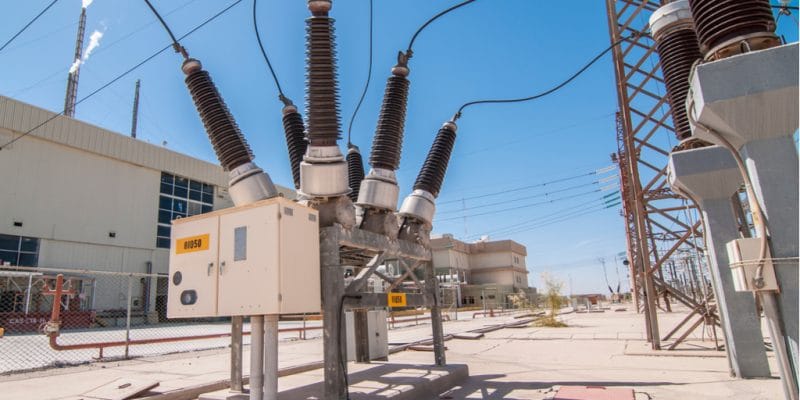Efforts to end persistent power blackouts in Western Kenya have hit a snag due to delays in compensating locals affected by two critical electricity transmission projects. The projects Ndhiwa high-voltage line and the Narok-Bomet transmission line are designed to significantly improve electricity reliability across the region but remain unpowered due to unresolved land issues.
Despite the completion of construction works, the Ndhiwa line, which evacuates power from the Sangoro hydropower station in Nyakach to Ndhiwa, Kisii, Nyamira, and Migori, cannot be activated. Structures built directly beneath the line are yet to be removed, creating a safety and legal hurdle.
Similarly, the Narok-Bomet line is complete but cannot be switched on due to similar encroachments. John Mativo, representing the Kenya Electricity Transmission Company (Ketraco), told a parliamentary committee that the utility is still engaging with affected landowners to address compensation and clear the way for activation.
“We cannot power up the line when there are structures below it,” Mativo stated, highlighting the risk and regulatory implications.
Ketraco has reportedly consulted Energy Cabinet Secretary Opiyo Wandayi, who reaffirmed the government’s commitment to resolving the compensation impasse. Wandayi emphasized that stable electricity supply is essential for economic development, adding, “We are working closely with all stakeholders to fast-track compensation and ensure these critical projects are operational soon.”
However, members of the parliamentary committee, chaired by Pokot South MP David Pkosing, expressed frustration over the slow pace of progress.
“This is a national issue. We want this line powered up to end blackouts in Western Kenya,” said Pkosing, warning that continued delays threaten economic growth and the livelihoods of residents.
Local communities have echoed the lawmakers’ concerns, citing frequent power outages that disrupt businesses, schools, and households. They are urging the government to speed up the compensation process and resolve wayleave issues without further delay.
Once operational, the two transmission lines are expected to stabilize the regional power grid, reduce outages, and support both industrial and domestic electricity needs. Authorities remain hopeful that the outstanding issues will be resolved in the coming months.

